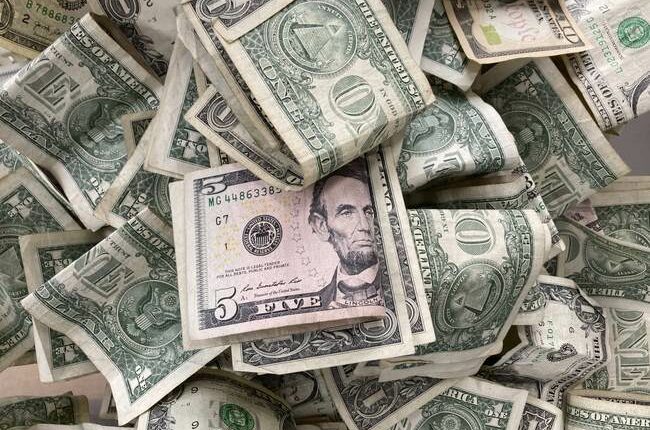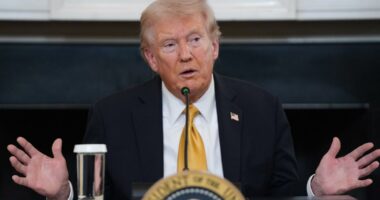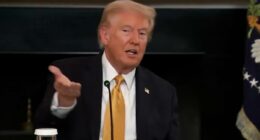Share this @internewscast.com

By Chris Talgo
This week, the U.S. national debt has exceeded a sizable $37 trillion. To give some perspective, it was $34 trillion in January 2024, climbed to $35 trillion by the end of July, and surpassed $36 trillion by the end of November.
Obviously, the national debt is on an unsustainable trajectory. More obviously, if we don’t begin to address it now, it will only become worse.
Even if the United States continues its current spending patterns, it won’t be nearly enough to restore the nation’s economic health.
The crux of the issue lies in the yearly interest payments on the existing debt. This year, net interest payments on the national debt will be significantly more than $1 trillion.
For further context, this expense is greater than the entire defense department budget. In terms of budget allocations, the interest payments on the national debt are now the third largest, just behind Social Security and Medicare/Medicaid.
Those familiar with high-interest loans or credit cards understand that interest on the principal amount is often the most burdensome. Currently, the $37 trillion owed by Americans, primarily to themselves and partially to foreign countries, is becoming a significant economic burden.
The Federal Reserve’s hesitance to cut interest rates is not alleviating the situation. However, even if they were to drastically reduce rates to nearly zero—which might not be wise—it would only offer slight relief.
The elephant in the room is the federal government’s bloated budget. This year, the federal government will spend more than $7 trillion for the first time ever, another dubious record. Meanwhile, it will incur a deficit of more than $2 trillion.
Much of these financial woes go back decades, but the stuff really hit the fan during and after the pandemic.
In 2019, the federal government spent approximately $4.4 trillion. A monumental figure, no less, but not even close to $7 trillion this year.
During the pandemic, the government put the spending on turbocharge. While this may have been justified in the very early days, when sheer panic was the norm, it continued long after the initial trauma.
In fact, it basically exists to this very day. Although the stimulus checks have stopped flowing, the huge increase in spending has accelerated in the grand scheme.

















